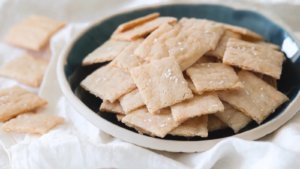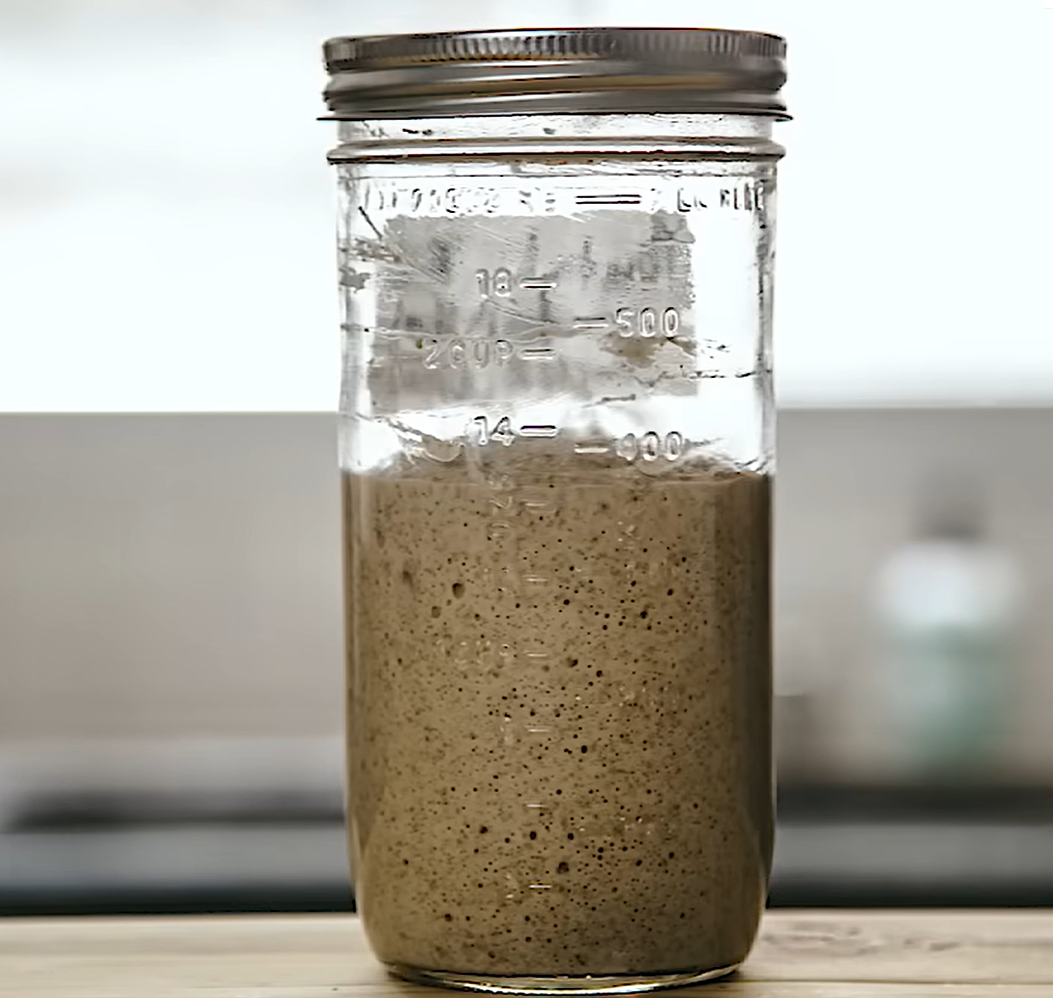Sourdough baking has gained immense popularity, and along with it comes a byproduct known as sourdough discard. For those unfamiliar, sourdough discard refers to the portion of the sourdough starter that bakers remove during the feeding process to keep the starter’s microbial balance in check. While some may view it as waste, many bakers have found creative ways to incorporate it into their cooking. But the question remains: Is sourdough discard healthy? In this article, we’ll explore the nutritional benefits, potential drawbacks, and practical uses of sourdough discard.
Nutritional Profile of Sourdough Discard
Sourdough discard may seem like a mere byproduct, but it still retains many of the nutritional components found in sourdough starter. These include:
- Carbohydrates: The primary macronutrient in discard, providing energy.
- Fiber: Retained from the flour, supporting digestive health.
- Protein: Though not high, discard still contains a decent amount of protein.
Moreover, sourdough discard contains beneficial microorganisms like lactic acid bacteria, which promote gut health. Compared to regular flour, sourdough discard offers enhanced nutrient bioavailability due to the fermentation process.
Learn more about the science behind sourdough discard.
Health Benefits of Sourdough Discard
The health benefits of sourdough discard primarily link to its fermentation process. Fermentation breaks down complex carbohydrates and proteins, making them easier to digest. Here are some of the key benefits:
- Gut Health: The probiotics in sourdough discard can help improve digestion and maintain a healthy gut microbiome.
- Enhanced Nutrient Absorption: Fermentation increases the bioavailability of minerals like iron and zinc, making them easier for the body to absorb.
- Reduced Gluten Content: The fermentation process partially breaks down gluten, potentially making sourdough discard easier to tolerate for those with mild gluten sensitivities.
Discover the connection between fermented foods and gut health.
Potential Drawbacks and Misconceptions
Despite its benefits, sourdough discard comes with some misconceptions and potential drawbacks. These include:
- Misconception of Waste: Some believe that discard is just waste, but it remains nutritionally valuable.
- Dietary Restrictions: While discard may have reduced gluten, it is not gluten-free and may not be suitable for those with celiac disease.
- High Acidity: The acidity of sourdough discard might concern individuals with sensitive stomachs, as it could lead to digestive discomfort.
Environmental and Sustainable Aspects of Using Discard
In addition to health benefits, using sourdough discard supports sustainability. Instead of discarding it, bakers can use it to reduce food waste and contribute to more sustainable home baking practices. By finding creative uses for discard, such as in pancakes, crackers, or waffles, bakers can minimize their environmental footprint.
For example, if you’re interested in making a sustainable snack, try these Sourdough Discard Crackers, which are not only delicious but also help reduce kitchen waste.
Common Recipes Utilizing Sourdough Discard

Sourdough discard is incredibly versatile and can enhance various recipes by adding moisture and a slight tangy flavor to baked goods. Some popular recipes include:
- Pancakes: A quick and easy way to use discard, providing a light and fluffy texture.
- Waffles: Similar to pancakes, but with a crispier texture.
- Crackers: A great savory option, often seasoned with herbs and spices.
If you’re looking for more creative ways to use your sourdough discard, try making Sourdough French Toast. It’s a delicious way to start the day while utilizing every bit of your sourdough starter.
FAQs: Common Questions About Sourdough Discard
Is sourdough discard safe to eat?
Yes, sourdough discard is safe to eat as long as you store and maintain it properly.
Can sourdough discard be used as a probiotic?
While discard contains lactic acid bacteria, it should not be relied upon as a primary source of probiotics.
How should sourdough discard be stored?
Store sourdough discard in the refrigerator for up to a week or freeze it for longer storage.
Is there a limit to how much discard can be used in a recipe?
It depends on the recipe, but too much discard can alter the texture and taste of baked goods, so it’s best to follow recipe guidelines.
How to Store and Preserve Sourdough Discard
Proper storage is key to maintaining the quality of sourdough discard. Here are some tips:
- Short-Term Storage: Keep discard in a sealed container in the refrigerator, where it can last for up to a week.
- Long-Term Storage: For extended storage, freeze the discard in small portions. Thaw and use it as needed.
- Impact on Nutritional Profile: Freezing does not significantly impact the nutritional profile of sourdough discard, making it a convenient option.
Conclusion: Is Sourdough Discard a Healthy Choice?
In conclusion, sourdough discard offers several health benefits, including improved gut health and enhanced nutrient absorption, thanks to its fermentation process. While some potential drawbacks exist, such as its gluten content and acidity, these can be managed with proper use. Ultimately, incorporating sourdough discard into your diet can be a healthy and sustainable choice, especially when used creatively in various recipes.
So, next time you bake with sourdough, don’t throw away that discard use it! Whether you’re making pancakes, crackers, or even the perfect Sourdough French Toast, you’ll add nutritional value to your meals and contribute to a more sustainable kitchen practice.


1 thought on “Is Sourdough Discard Healthy ?”